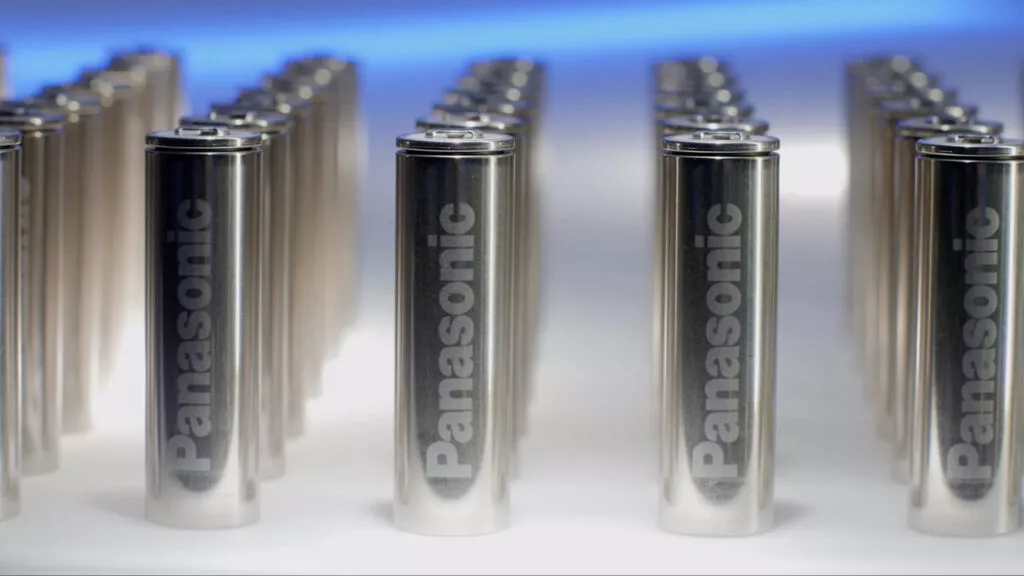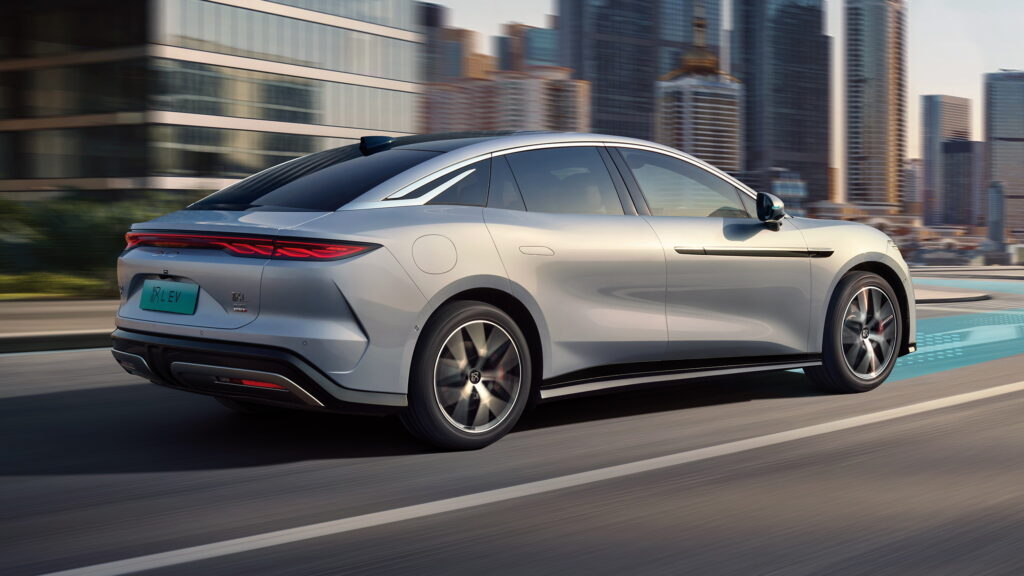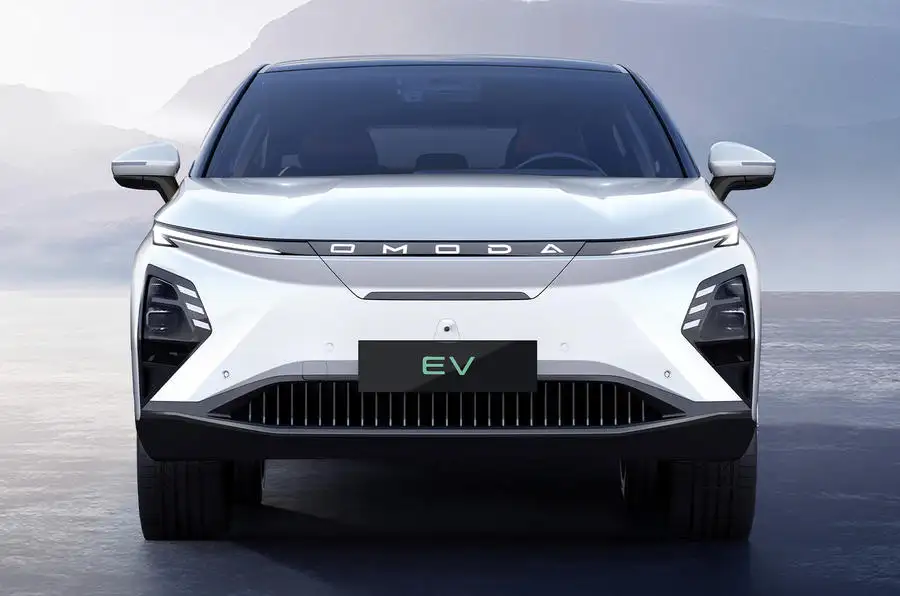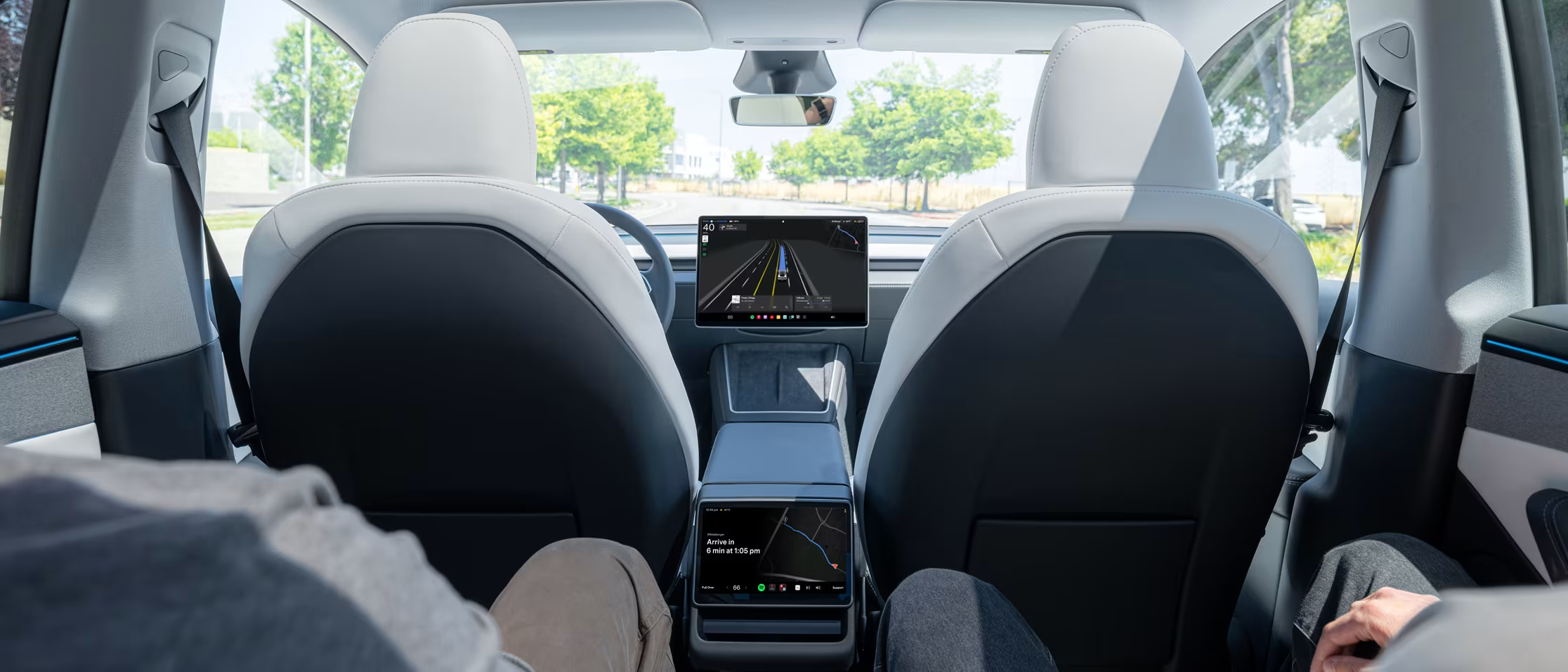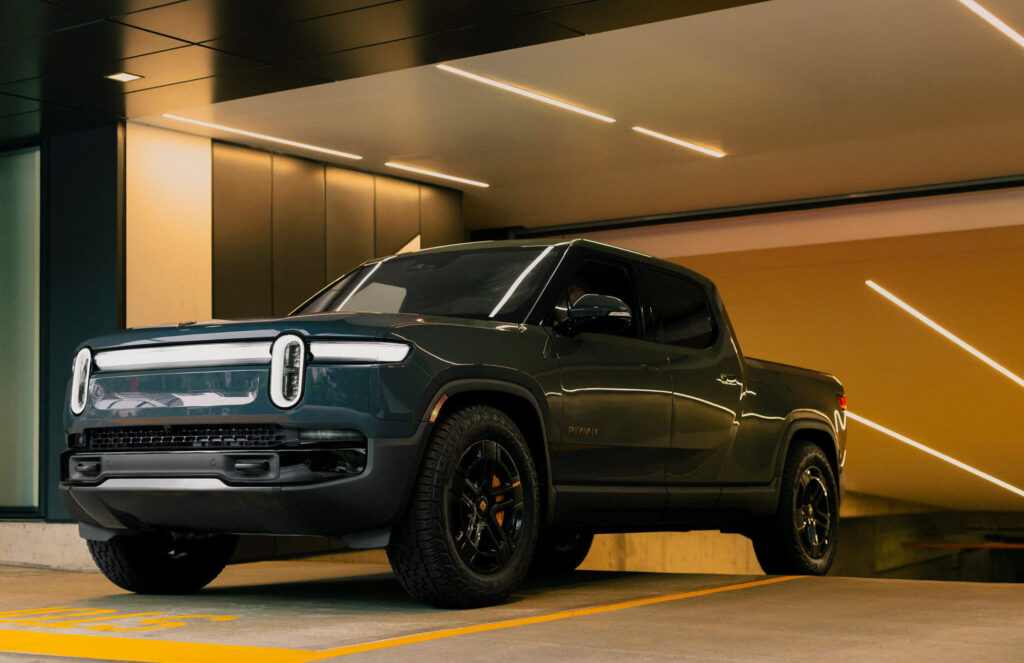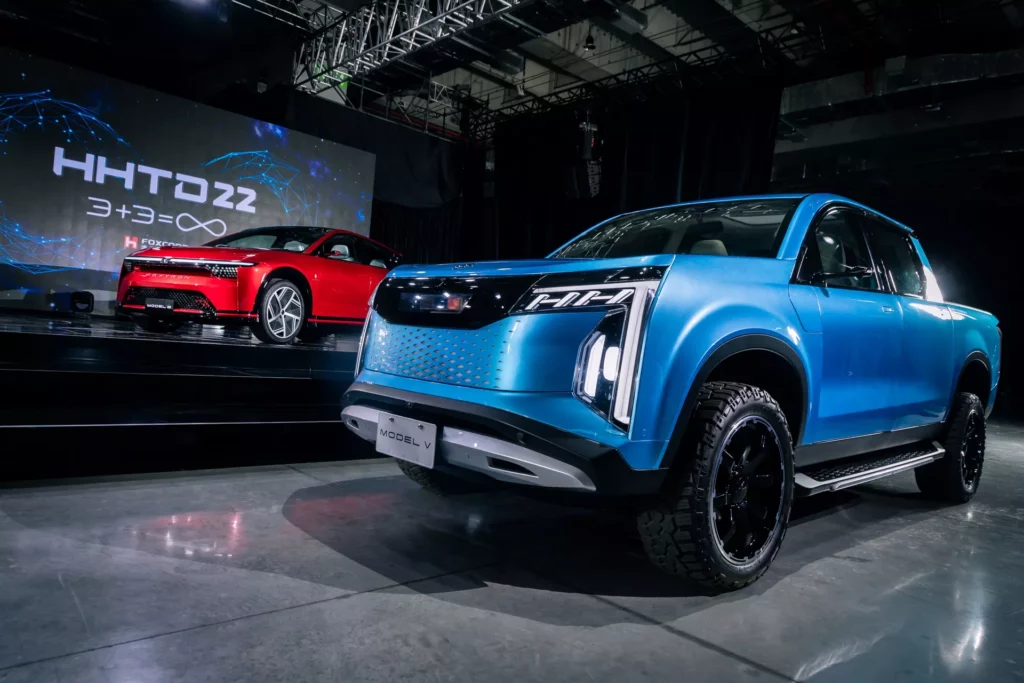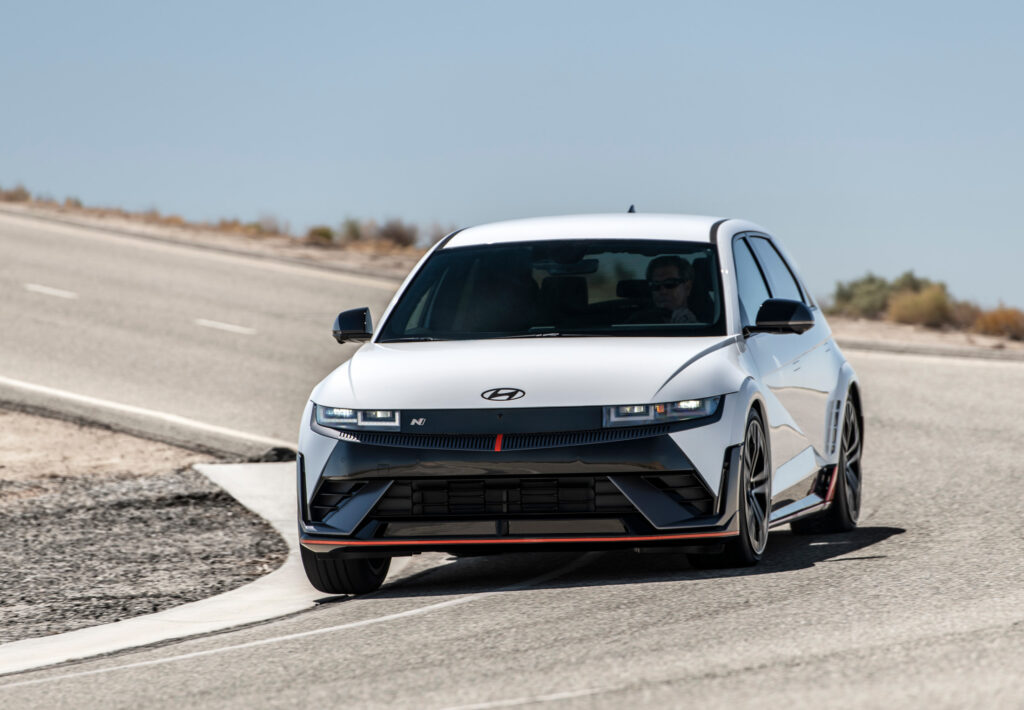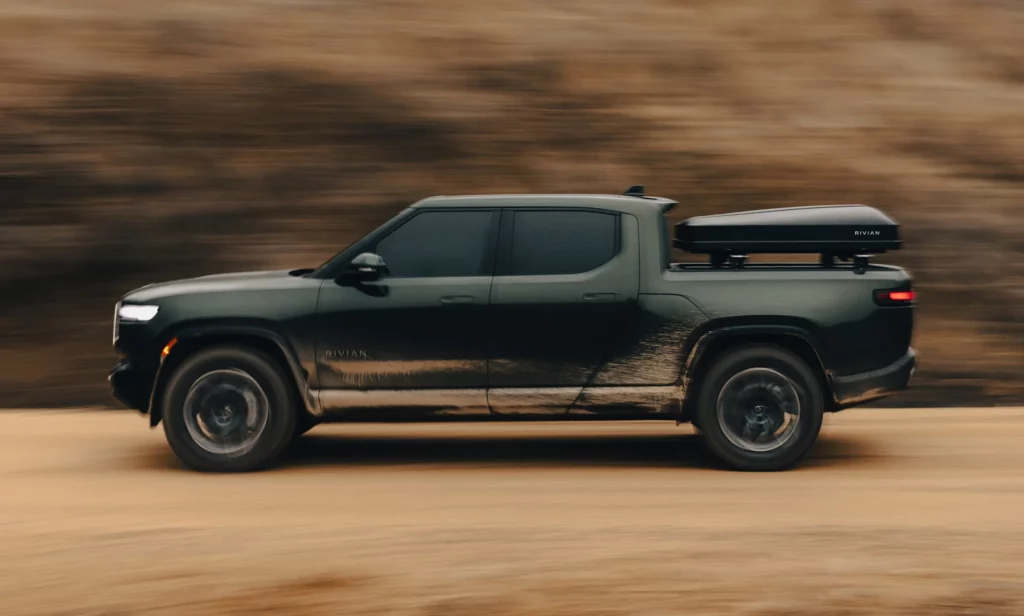EV Sales Just Took A Turn That Should Worry Automakers Everywhere

- A significant decline in EV registration data has been reported across several carmakers.
- Tesla’s U.S. EV registrations declined by 12 percent compared to the previous May figures.
- Cadillac, Nissan, Honda, and Acura reported strong EV sales growth during the same period.
Electric vehicle sales in the U.S. haven’t just hit a plateau – they’ve declined. Despite years of growth and aggressive expansion from automakers, new registration data shows that EV sales in May dropped compared to the same month last year. Specifically, registrations fell by 5.9 percent, marking the second straight month of decline and pushing EV market share down as well.
In total, 99,053 new electric vehicles were registered in the U.S. during May. While some brands continued to post growth, others recorded steep losses. EVs made up 7.1 percent of all light-vehicle sales for the month, a slight decline from 7.5 percent in May 2024.
More: These Are The Best Selling EVs Of 2025
Elon Musk’s company continues to sell far more EVs than any other car manufacturer in the country. In May, 42,861 new Teslas were registered, far ahead of Chevrolet in second place with 8,389. However, whereas Chevy’s sales rose 122 percent, those at Tesla dropped by 12 percent. This perhaps doesn’t come as much of a surprise given how public sentiment about Tesla has cratered this year due, in part, to Musk’s controversial involvement in politics.
Other major car manufacturers reported decreases in EV registrations, too. At Ford, they fell 6 percent to 6,710, while at Hyundai, they were down a considerable 22 percent to 4,730. Registrations at Rivian in May also fell 25 percent, while BMW experienced a 21 percent drop.

Not every brand followed the downward trend. Some showed substantial growth, led by Honda with a dramatic 266 percent rise. Acura jumped 2,911 percent – and although that might seem staggering, it’s admittedly a glitch in the matrix since it’s compared to a much smaller sample. GMC rose 111 percent, while Cadillac and Nissan posted gains of 33 percent and 29 percent, respectively.
More Than Just Pricing
According to S&P Global Mobility analyst Tom Libby, the results come despite incentives allowing carmakers to close the price gap between EVs and ICEs. “The fact that EVs are not selling means they have other issues — the range, the charging infrastructure and the product portfolio,” he told Auto News.
Read: New EV Sales Are Down But Used EVs Are Making A Big Comeback
Sales of EVs surged earlier this year as consumers were worried that President Donald Trump would scrap the $7,500 federal EV tax credit imminently. However, they lulled in April and May. With confirmation that the program will be scrapped from October 1, it’s possible buyers will again rush to buy EVs that are eligible for the rebate.





